|
My sweet mama picked these for me from her garden. Both she and the irises are magnificent.
0 Comments
I got to know Brian's music a few years ago, when I produced a brief video spot about him with my Dofasco colleague, Sean. Dofasco lent us out to the Hamilton Music Awards to produce some short videos about different facets of Hamilton's music scene, and it was no surprise that Awards founder Jean Paul Gauthier wanted a spot on Brian Griffith. Sean and I showed up at Brian's house, set up the camera in his dining room, and proceeded to record over an hour of conversation.
Besides his immediate friendliness, what first struck me about Brian was his uninhibited and infectious excitement about music. He was passionate about Hamilton's music scene. He was giddy about the new musical ideas he was working on. He believed music should be experienced anywhere with anyone: on the big stage, at a Hess Village club, around the kitchen table, or on the front porch. In my opinion, Brian had the talent and the resumé - playing with the likes of Daniel Lanois, Willy Nelson, and Emmy Lou Harris - to have a giant rock and roll ego. Instead, he exuded gratitude and even awe that he was able to participate in and contribute to music culture. One of my favourite moments of that visit to his house was when he showed Sean and I the blanket Willy Nelson gave him, draped over his couch like a granny afghan. He got a real kick out of it. After the interview, I spent a couple nights shooting video of Brian performing at some clubs in Hess Village. He played solo, and that weekend he also teamed up with Harrison Kennedy and Sharon Musgrave. As I zoomed in on his fingers dancing across the frets and strings, I could appreciate just how masterful he was. His face was alight with all the expressions of a truly passionate musician: smiling, grimacing, squinting, eyes closed with raised eyebrows (serenity, maybe?). I remember this great shot I got of him turning his head from side to side in time with the music, his dreadlocks flying: I shot it on a low shutter speed, so his dreadlocks were these blue-lit rhythmic blurs flying across the screen. And as I would pan across the stage, it was abundantly clear that everyone was having a great time up there with him. The last time I saw and heard Brian Griffith play was this past August at the annual Greenbelt Harvest Picnic, a music festival organized by Daniel Lanois and Jean Paul Gauthier that celebrates the agriculture and arts culture of the Hamilton area. Brian was on small stage in the middle of the crowd, jamming with Daniel Lanois, playing with the freestyle agility and artistry that so typified his musical presence. It's a great image: Brian jamming with a few guys, surrounded by appreciative listeners, with the sounds echoing off Christie Lake through the trees. As I said before, it's hard to express the immensity of this loss. Another Hamilton musician Tom Wilson said it well, I think: "Brian was really what Hamilton music was all about. He was about neighbourhood. He loved playing on his block. Nobody else could give what he gave us. He inspired generations." I guess we can just smile with gratitude that we were able to enjoy the gifts he so abundantly shared with everyone while he was here. 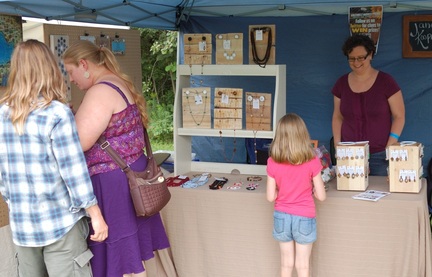 For five years now, Daniel Lanois has celebrated his love of the land, great music, and his hometown roots by hosting the Greenbelt Harvest Picnic at Christie Conservation Area in Dundas, Ontario. Lanois spent much of his childhood and early music career in Hamilton, co-founding the legendary Grant Avenue Studio, and now he returns home every August to bring together an impressive assemblage of musicians, local farmers and visual artists, and organizations that promote the preservation and enjoyment of the Greenbelt. My husband, Dan, and I have attended the Harvest Picnic every year, and we always enjoy ourselves. It has a relaxed, family-friendly feel, just like a picnic should. People can go fishing and swimming with their kids, buy fresh produce, and sample culinary delights from a league of food trucks, all against the backdrop of 12 hours of live music. It doesn't get much better than eating a fried chicken and bacon waffle sandwich while listening to Ron Sexsmith and enjoying ginger ice cream as Bruce Cockburn sings. This year, I showed up at the Picnic with my art and jewelry in tow. It was a great chance to meet people, see them interact with my work, and answer their questions. I think any art form takes on a different life when it's shared with others, and that was made abundantly clear at the Harvest Picnic, from the musicians on stage to me in my little pop-up gallery.
After all the kids had a closer look at the artwork, their teacher, Jennifer, brought home what this collaborative art project was all about: "I hope this experience has helped you think more carefully about what we throw away, and to find creative uses for the things we might throw away every day". Her words so articulately echoed what drives so much of what I do in my creative work. It has been such a thrill to meet a teacher and a group of students who are keen to be more creative and responsible in their approach to garbage. A few weeks ago, Jennifer sent me the article some of her students wrote about our project for their school newsletter. They've summed up the experience better than I ever could. From Junk to Art! 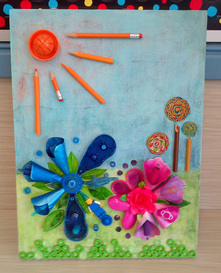 A few months ago, I embarked on a project with a sixth grade class at Chedoke Elementary in Hamilton. Jennifer Miscas, the teacher of this fine group of students, started a Jane Jar with her class at the beginning of the school year, and in January, she contacted me to see if I would create an art piece from the jar's contents. (You can read more about how this came about in my original blog post about the project's start.) I was thrilled and honoured by Jennifer's request. I finished the art piece in May and delivered it to Jennifer and her class. And with my impeccable timing, I'm finally getting around to writing about it just as all the kids head out for their well-deserved summer vacation. Sorry, guys. Nevertheless, let me tell you the story of how some sixth graders' junk turned into fabulous art supplies. This is how it all started: a big jar, full of lovely trash.
The Best Art Supplies Ever Eventually all the garbage and repurposed components came together into this assemblage art piece, which I titled "Sixth Grade Landscape". Can you see what's in it? Keep reading to find out . . . In my usual forgetfulness, I forgot to take a photo of the artwork, so Jennifer kindly provided me with this one. I've numbered the sections so you can see what went into each area of the artwork:
1. I made the sun out of a lid from a sports drink, a plastic basketball from a broken keychain, broken pencils, and broken pencil crayons. 2. The trees in the background are made from friendship bracelets and broken pencil crayons. 3. The blue flower has a lot of components.
I think that's everything . . . You might notice that not all of the components I made out of the kids' trash made it into the final artwork. These pieces are destined for another art adventure in my studio, and I have carefully stashed them away until their destiny is revealed. I have done the same with any of the garbage I didn't use from the sixth graders' collection. In my next post, I'll tell you about Part Two of this story: my visit with Jennifer and her delightful sixth graders. It was a great time, and I can't wait to tell you about it, so stay tuned. Every day, everywhere we go, our eyes take in images. Usually, our brains don't register the interest, beauty, or complexity of the things we see because we're focused on other things. As a result, we miss a lot of opportunities for delight, inspiration, and heart lifting.
So lately, I've tried to keep my iPad mini with me when I'm out and about so that I can capture the mundane and spectacular sights that invoke responses in me. In so doing, I'm creating a catalog of images to peruse when I need a creative recharge, an idea for a piece of art or jewelry, or simply some cheering up. Here's a sampling from my stash . . . no enhancements, no Photoshop . . . just the straight goods.
Get Paper Industry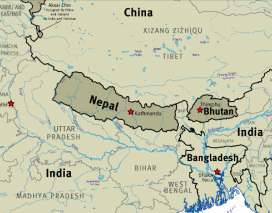 Get Paper Industry (GPI) is an award winning handmade paper cooperative that has been making paper and paper products in Nepal for almost 30 years. The cooperative started with 14 employees but quickly grew when it forged a supply agreement with The Body Shop International in 1989. GPI now employees over 70 people, plus an extra 700 seasonal workers, many of them women. The partnership with The Body Shop continues to this day, and GPI has other trade partnerships with groups like Ten Thousand Villages. Nepal is among the world's poorest countries. Almost half of the country's working age population is unemployed or under-employed. Because of this, nearly 2 million people have left Nepal to seek work in other countries, leaving their families and communities behind. With Nepal's population of 27 million, GPI's employment opportunities might seem like a drop in the bucket. What stands out to me, though, is that GPI has provided job opportunities for such a long time through so much political and economic uncertainty, and the cooperative has provided employment for uneducated women, a demographic that typically has few employment opportunities in Nepal. When GPI started in 1985, they made paper primarily from the lotka plant (like this one): 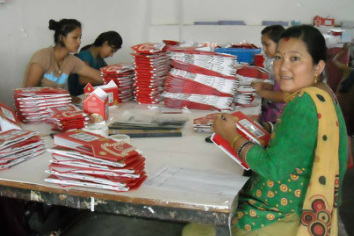 photo, GPI photo, GPI The partnership with The Body Shop introduced GPI to various recycling methods. So for the last 25 years, the cooperative has made paper from waste paper, cotton discards from the garment industry, and agricultural waste like banana fibres, straw (jute), and water hyacinth. The GPI artisans create paper pulp by mixing the recycled fibres with water. The pulp is then pressed between wooden plates to squeeze out the water and flatten the paper, and the resulting sheets are dried in the sunshine. GPI has a waste water treatment facility to filter all the water used in their manufacturing. The entire process honours handcrafted quality and environmental responsibility. photos, Ten Thousand Villages If making gorgeous paper products and providing sustainable employment wasn't enough, GPI also promotes community development through its sister organization General Welfare Prathisthran (GWP). Four per cent of GPI's revenue goes to GWP, which coordinates initiatives in four major areas:
Whoa. Amazing.
It's pretty easy for me to get deliriously excited about a piece of paper. But I can get downright passionate and weepy about a piece of paper that has dried in the sunshine after being carefully mixed and pressed by a Nepalese woman working for Get Paper Industry. There's a great deal of good, compassion and strength behind that delicately textured sheet of paper. 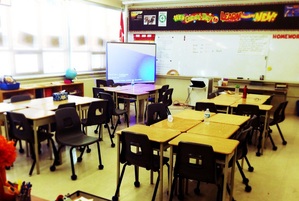 In a sunny and busy classroom in Chedoke Elementary School, a fabulous group of sixth graders has been collecting junk for me. Their wonderful teacher, Jennifer Miscas, contacted me earlier this year to let me know her class had been filling a Jane Jar, and she wondered if I'd be interested in creating an art piece from the contents. Um, yes!
This collaborative project represents everything I love about upcycling and art: a bridge for strangers to meet, a chance to capture moments in time, an opportunity to take a pause - however brief - to think about what and how much we throw away. And it's the start of something completely new. Lots of the junk in this jar will emerge in the art that I'll create for Jennifer and her sixth grade class. The rest of it will eventually find a purpose in something else I make, be it more artwork or a piece of jewelry. The possibilities are curious, colourful, exciting and abundant!
I've been sort of dragging my feet into the new year because, throughout the closing months of 2013, I resolved to dedicate the month of January to getting myself organized. I'm not one for new year's resolutions (because I know I won't keep them), but January is the natural time to take stock of how last year went in my home and with my business, and determine what needs to get done in the months ahead. November and December were a flurry of activity, and I looked forward to January when I could take some time to assess. Now that January is here . . . I feel pretty sluggish about making plans and getting organized. Besides business planning and attending to some household projects, I am trying to reorganize my art studio this January. Not that I didn't try, oh, maybe eight times already in 2013. Each time I went through a crazy busy few weeks, I got frustrated with the clutter and chaos that accumulated (see evidence above). This month, I'm determined to devote the time and energy to designing a creative space that will really work, that needs only minor adjustments in the year ahead. As I embark, it feels a little insurmountable.
1. PracticalityThe things I use the most must be within easy reach (in close proximity to where I work, at a shelf height I can reach). I need some empty spaces where unfinished projects or odds and ends can reside until I have time to put them away. Several organization blogs and books I've read say that you shouldn't have empty spaces where clutter can accumulate. Clearly, those authors are not as flawed as I am: my reality is not so orderly, so I'm going to accommodate my more casual working style. So there. I have a lot of things to store in my studio: upcycled materials, tools, art supplies, books, shipping and packaging supplies, and jewelry making supplies, to name a few. I want to group them together according to their purpose so that it's easier for me to find things.
I spend a lot of time in my studio, obviously, so it needs to be a space in which I want to spend time. It must be bright and comfortable, and most importantly, it must inspire my creative senses. For me, that means using quirky upcycled storage pieces, hanging other people's artwork on the walls, taking some time to add decorative flourishes to mundane storage items, and having an idea board where I can tack up random images/objects that tickle my fancy. Starting at the EndIt's hard to know where to start when I survey the mess of bits and pieces that call my studio home. So, I have tried to picture what I want the end result to be. My hours of Pinterest perusing have shown several possibilities that usually fall under two extremes.
I'd like my studio to be something in between these two extremes. I can sort of see it, so I've started setting to work. I'll keep you posted . . . .
On August 31, I had the delight and honour of being part of the Greenbelt Harvest Picnic. Now in its third year, the Harvest Picnic is organized by Daniel Lanois, a prolific producer, songwriter and musician who was raised in Hamilton, Ontario. The event celebrates the farmers, growers, artists and artisans of the greenbelt in and around Hamilton, with over 12 hours of live music provided by up-and-coming and well-known acts. This is such a fantastic event: it's like no other music festival I've ever been to. My husband, Dan, and I have attended the Harvest Picnic with family and friends for the past two years, and have always enjoyed its intimate and celebratory atmosphere. This year, I displayed some of my artwork and jewelry, and being at the Picnic in this capacity gave me a deeper appreciation for the festival's spirit. People walk around carrying stalks of garlic and bunches of kale purchased from the farmers. Parents and kids learn together about seeds and plants, and the various creative processes represented by the many artists and artisans. I met wonderful people of all different ages and walks of life, living in various parts of the region (and further afield), all feeling pretty warm and fuzzy about the place I'm so glad to call home. |
Details
Jane Hogeterp Koopman
Subscribe to Jane's Blog by RSS or email:
Categories
All
Archives
January 2018
Stuff I love:
|
Proudly powered by Weebly

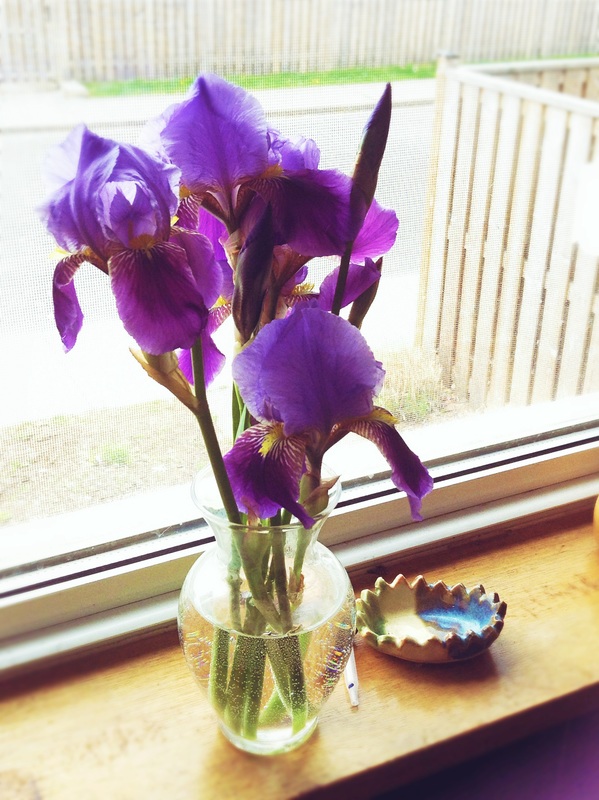



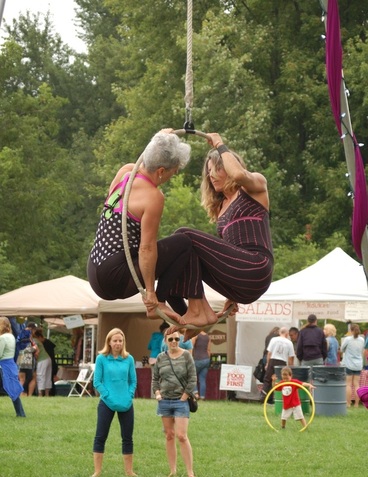
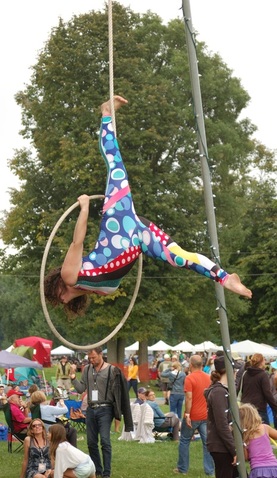
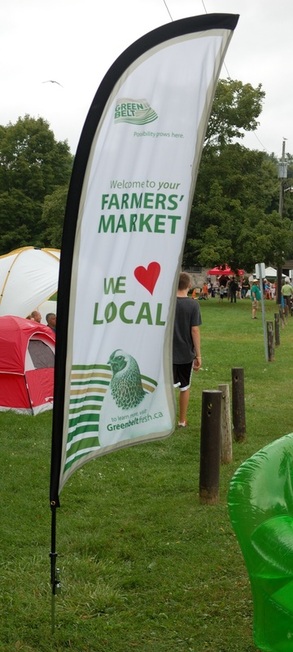
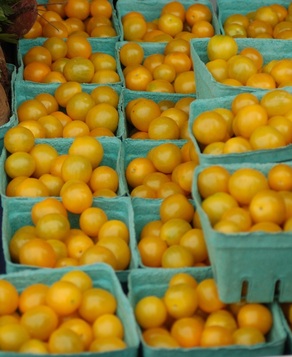
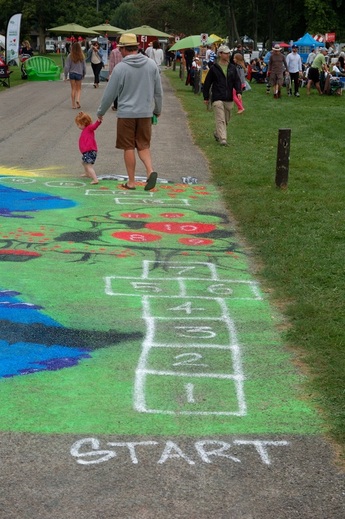
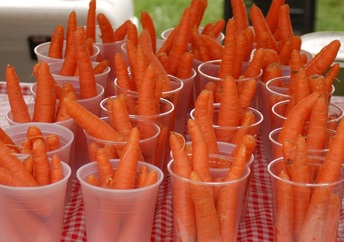
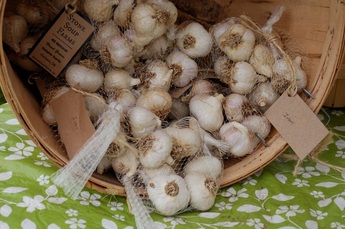
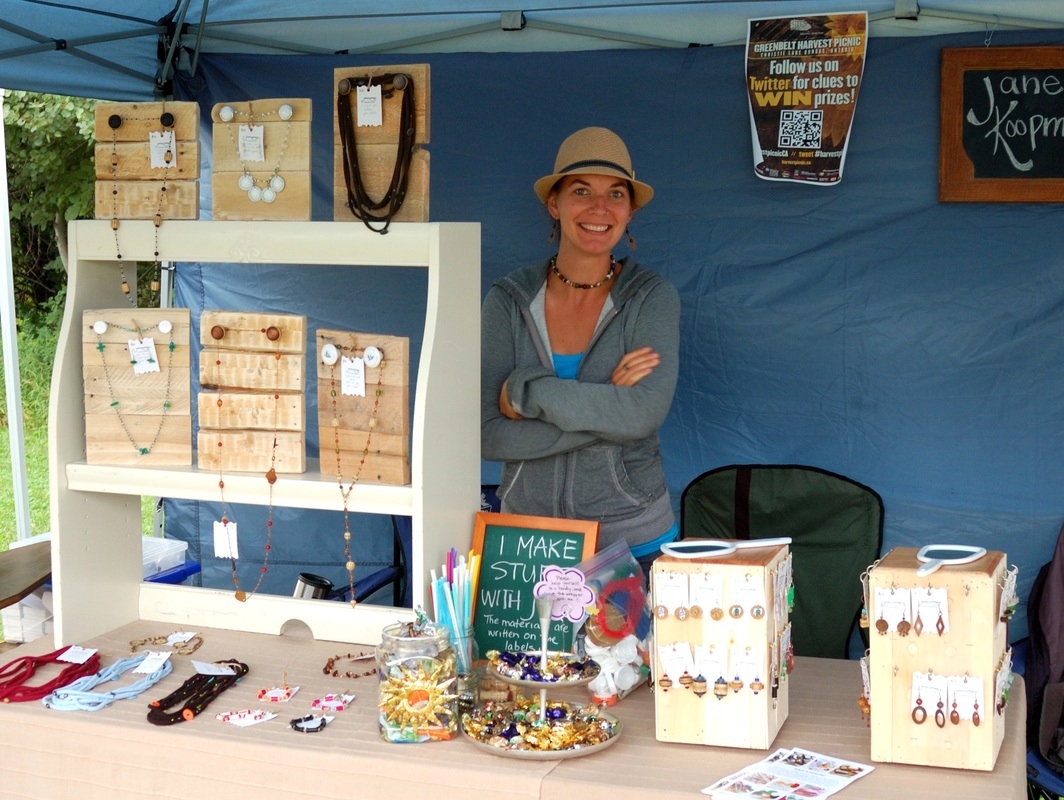
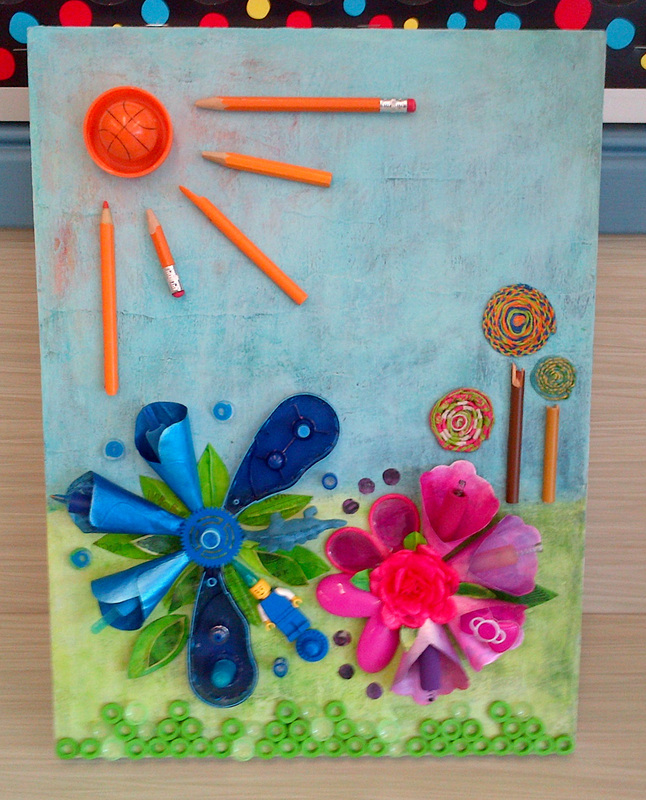

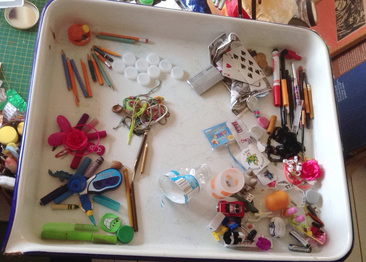
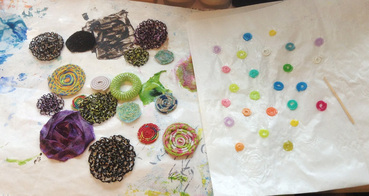
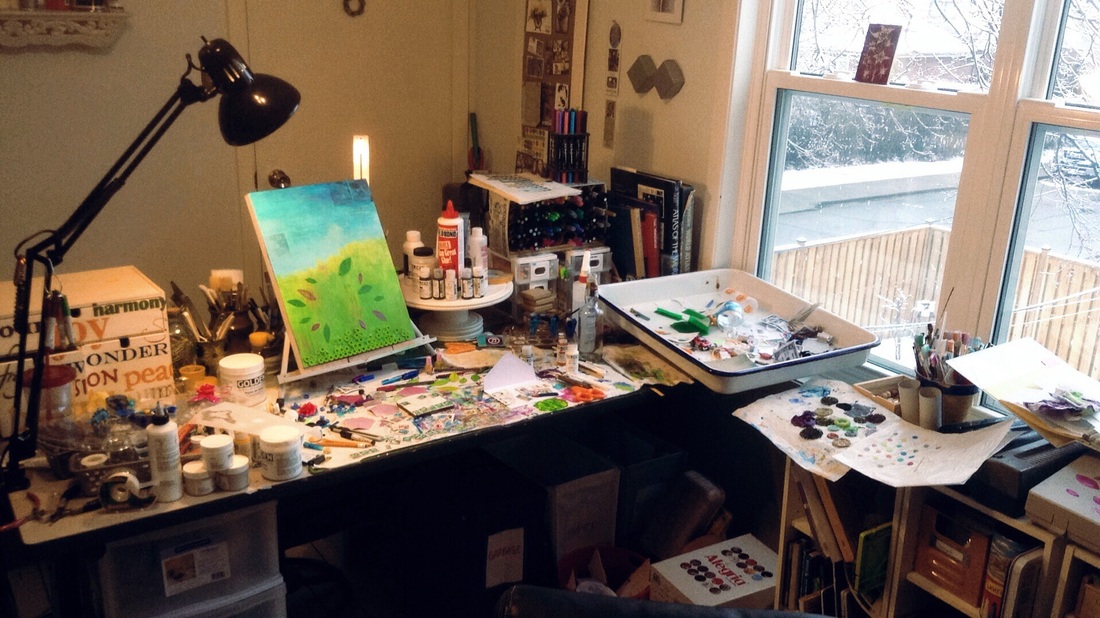
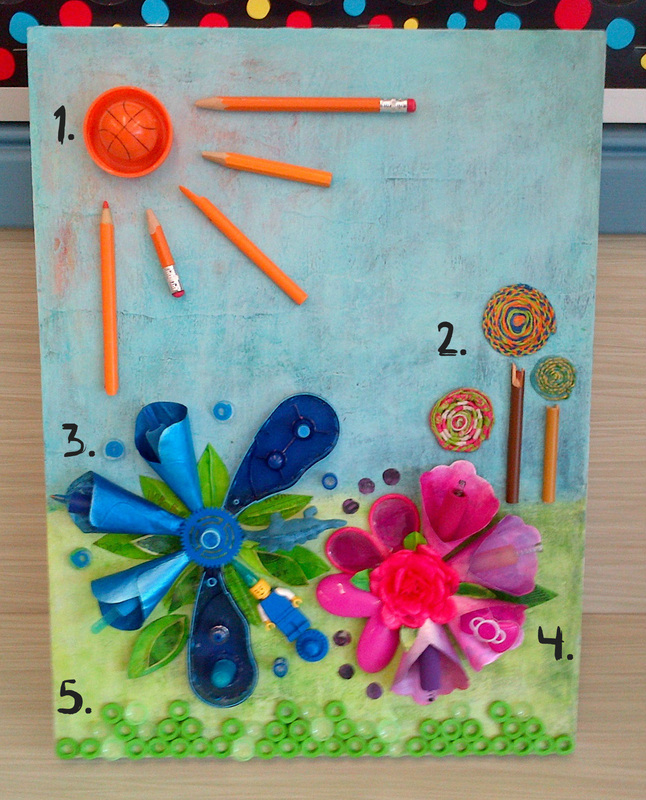
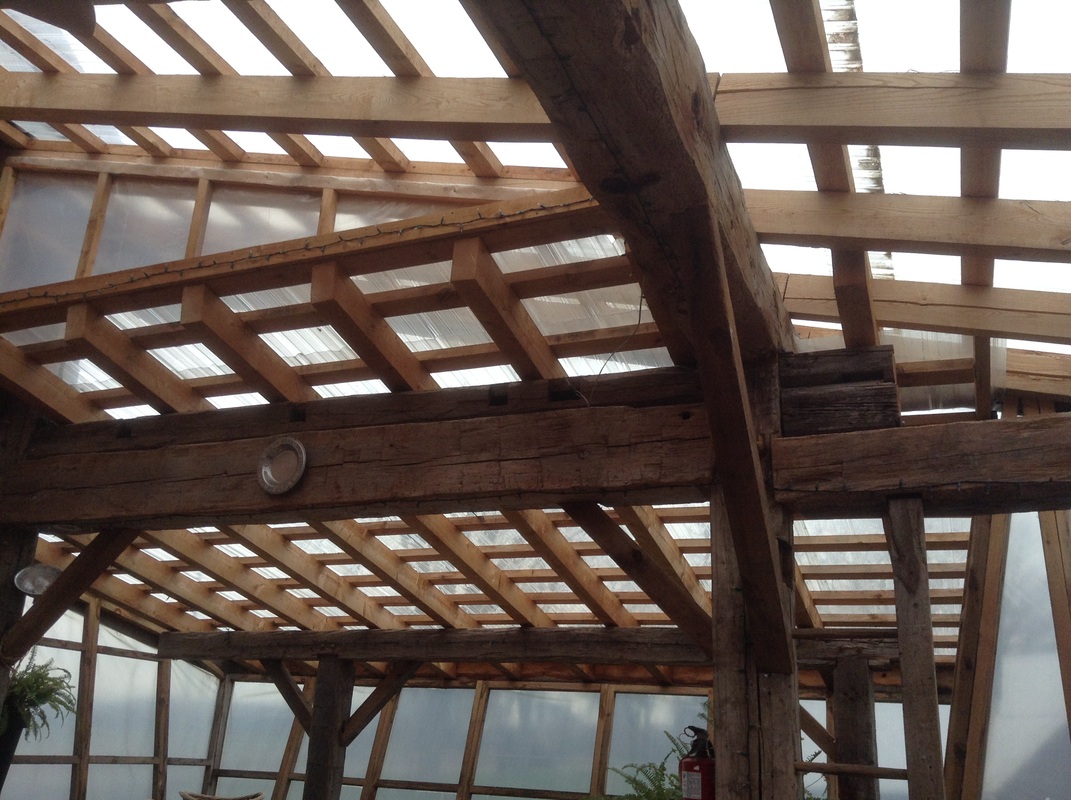
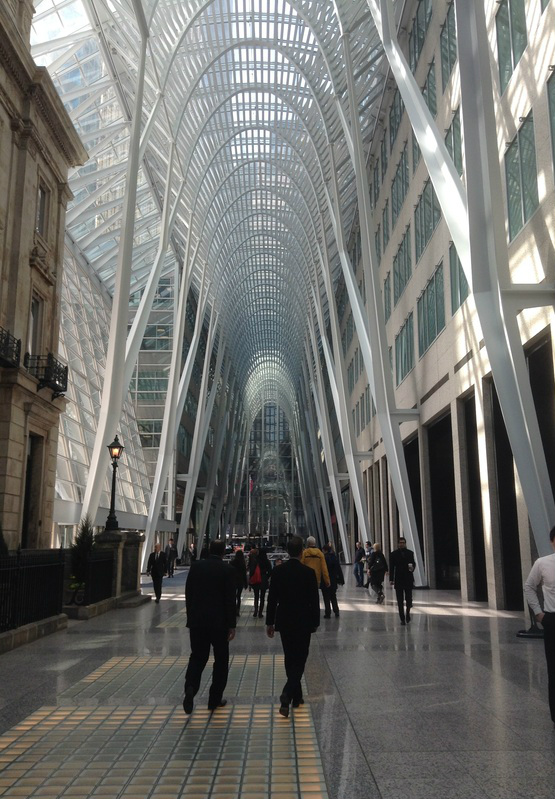
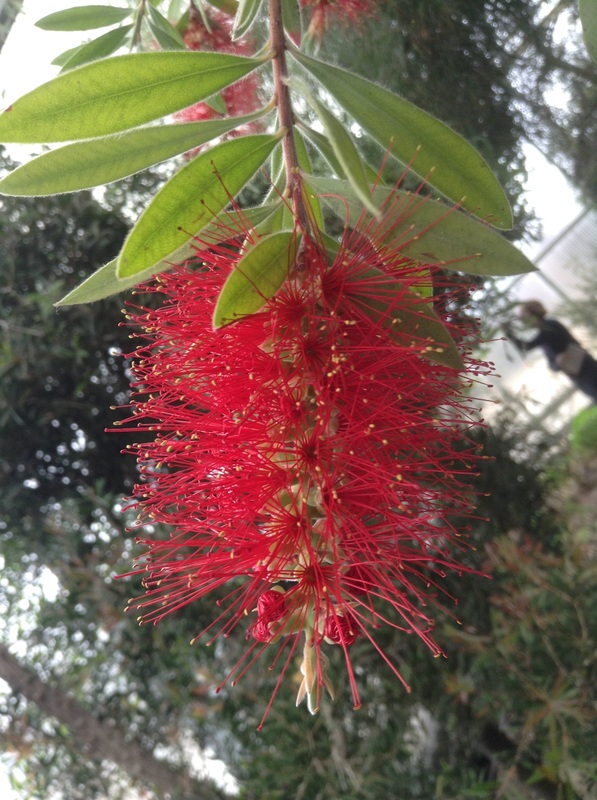
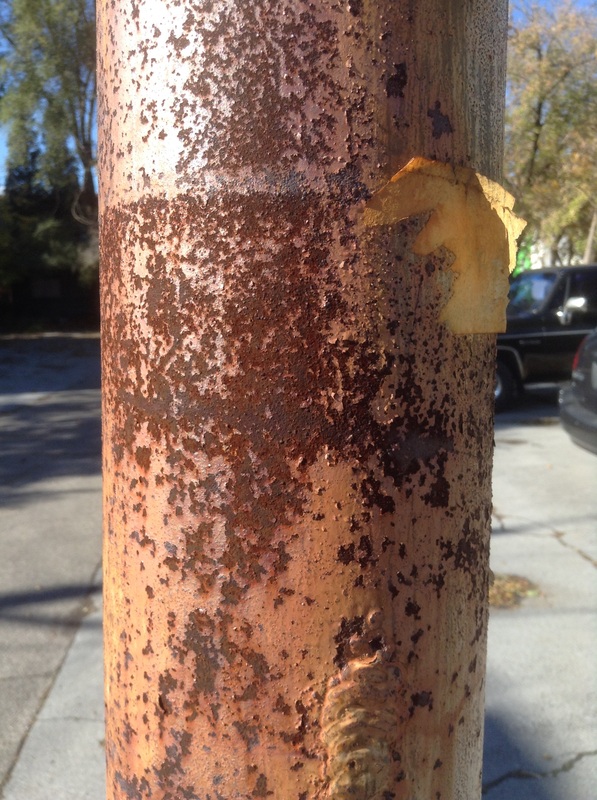
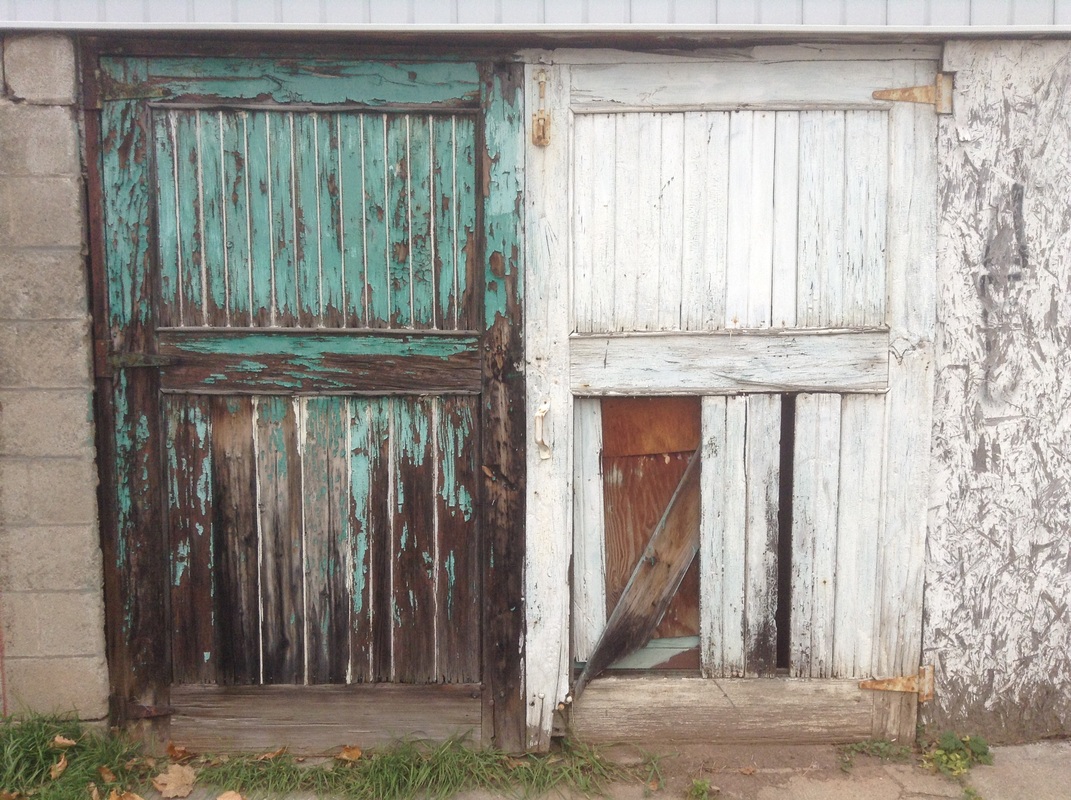
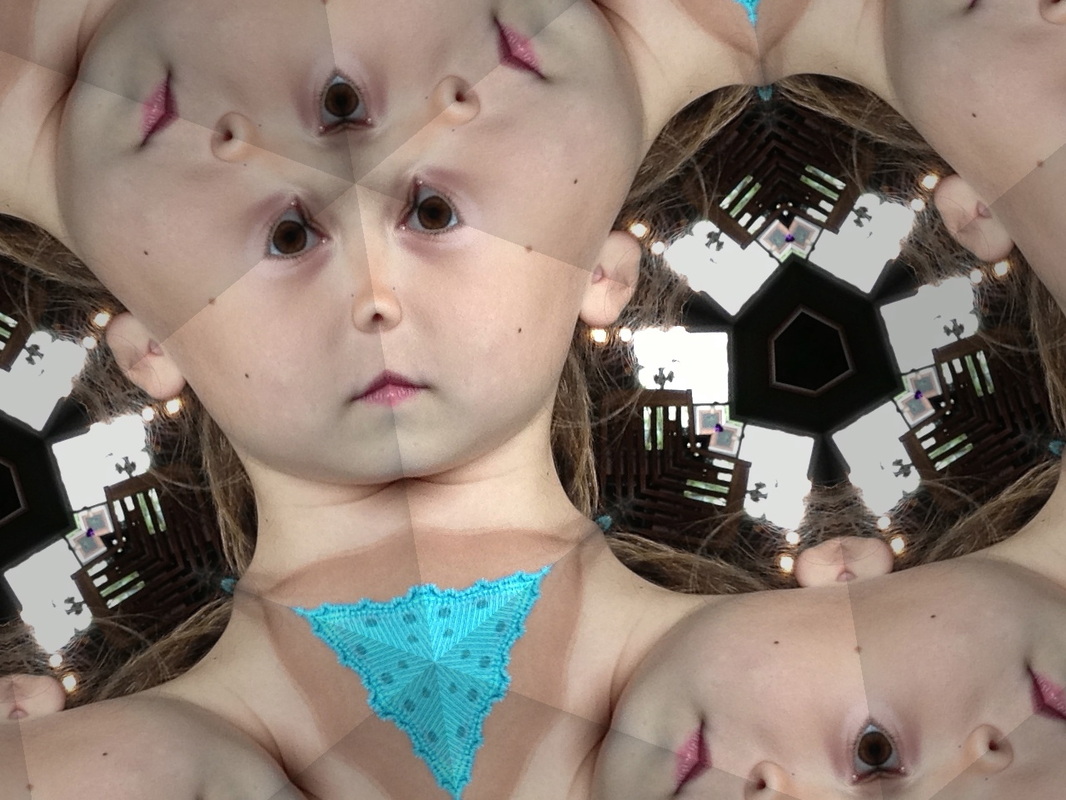
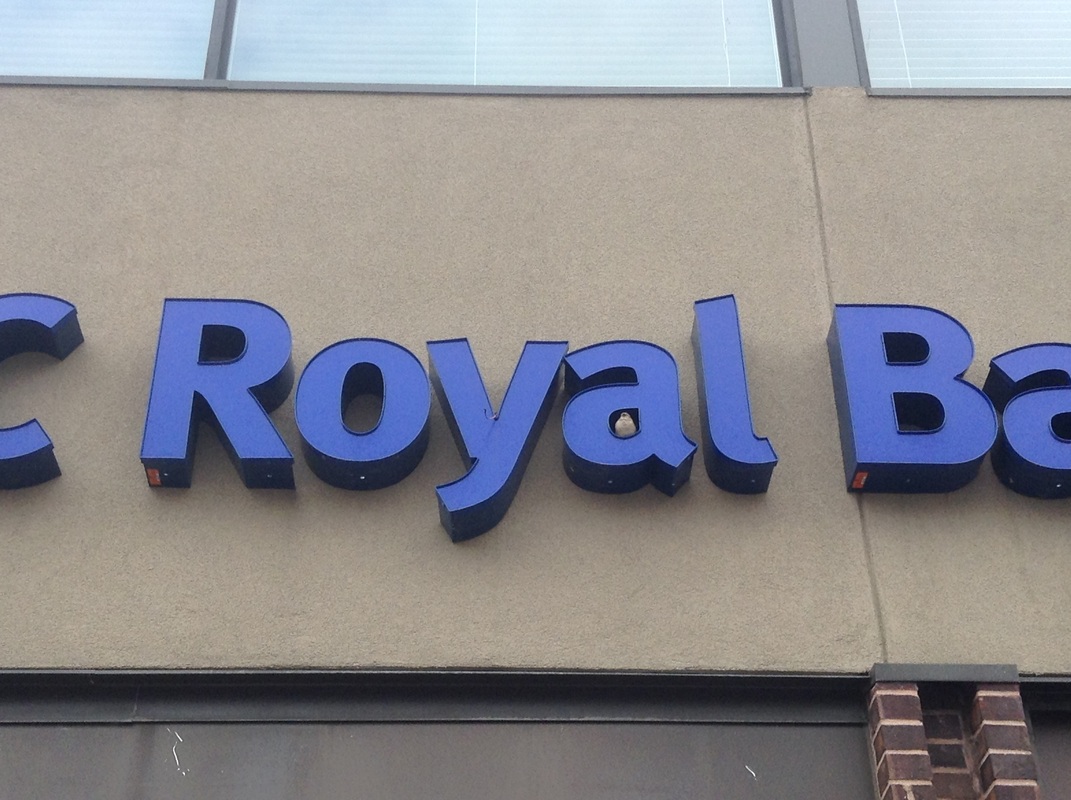
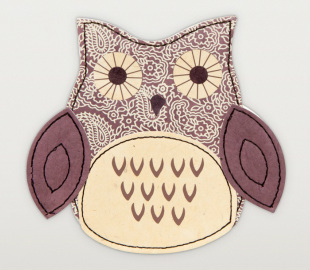
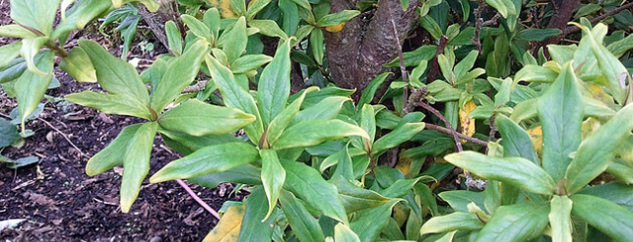
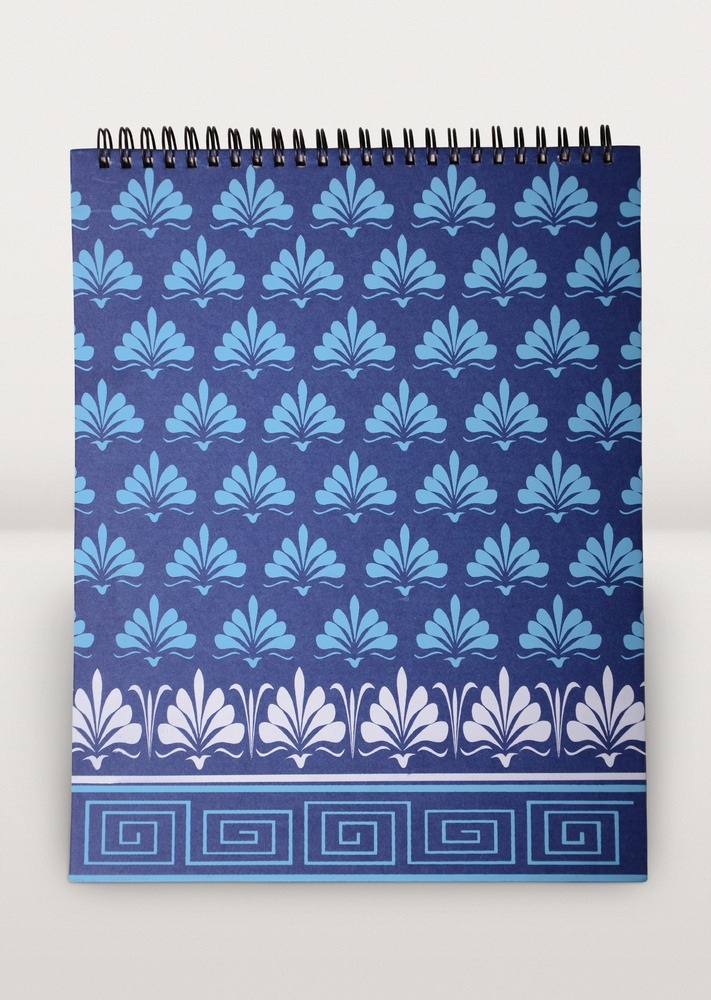
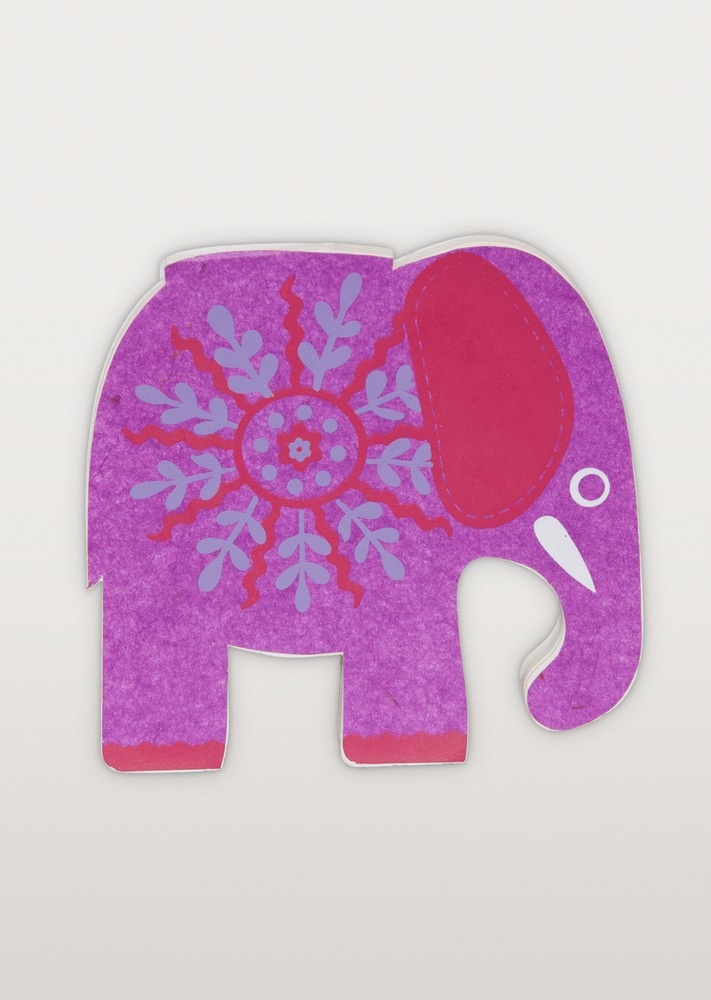
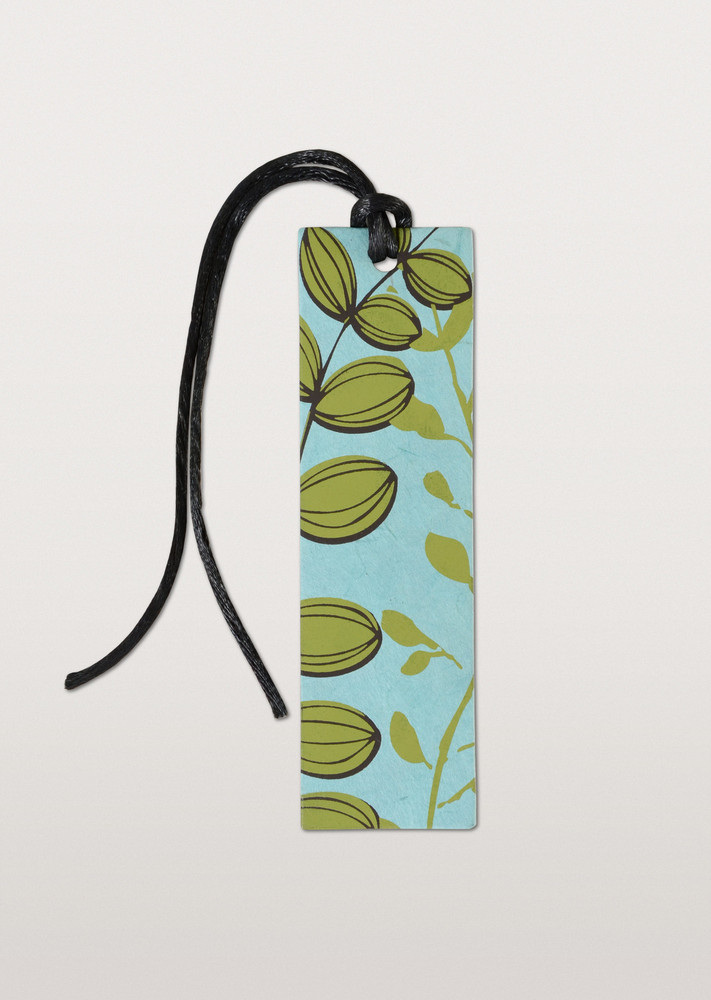

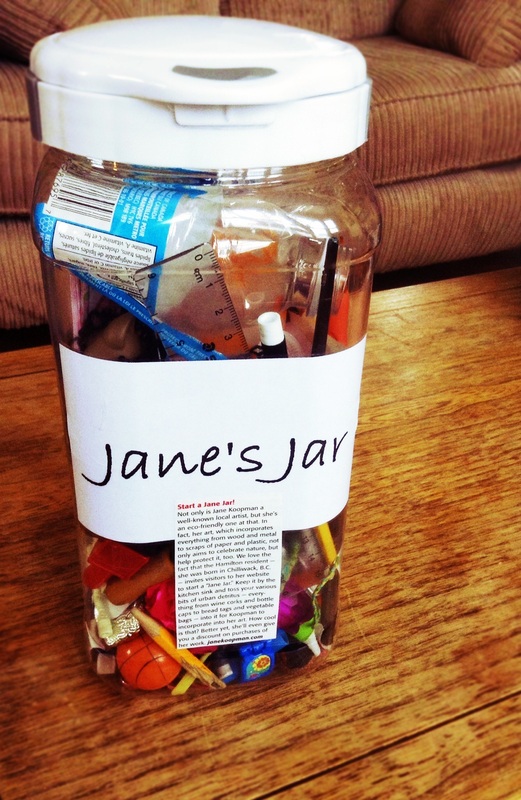
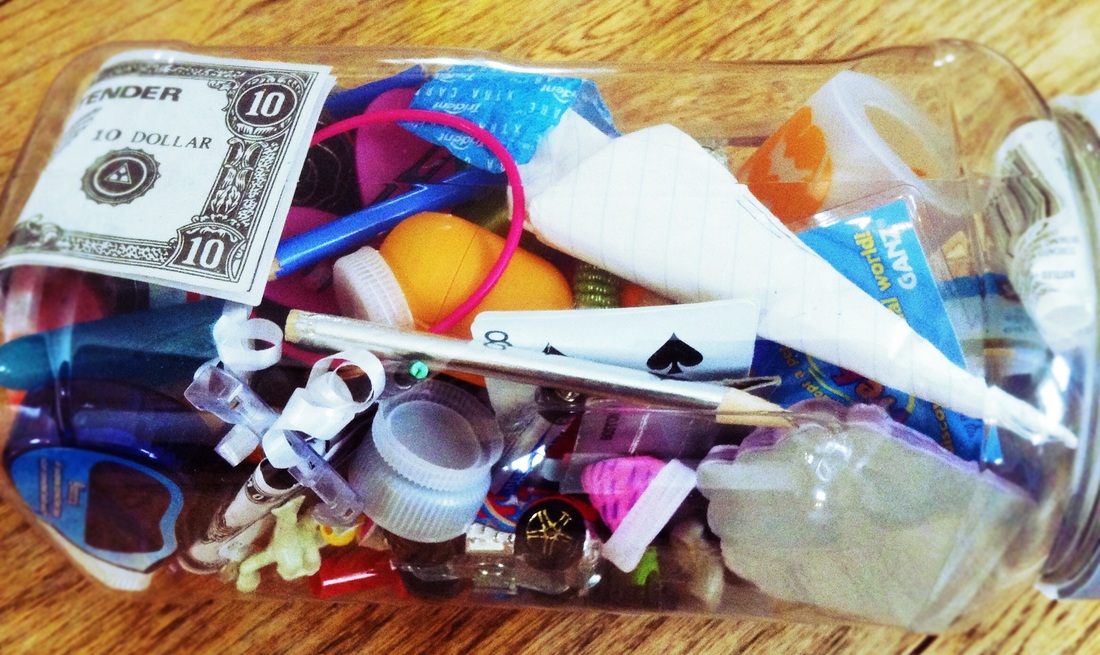
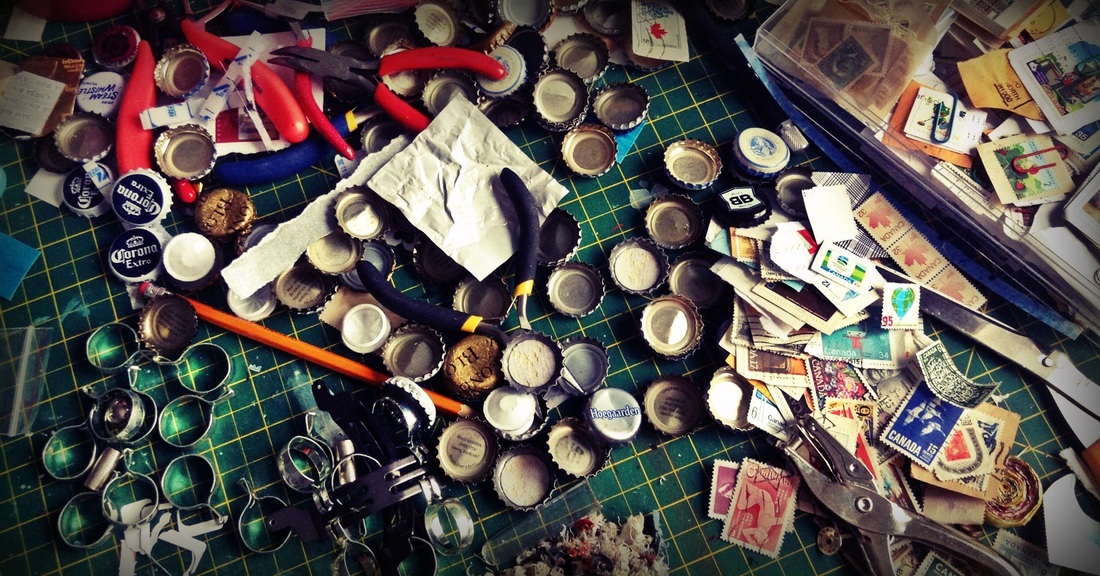
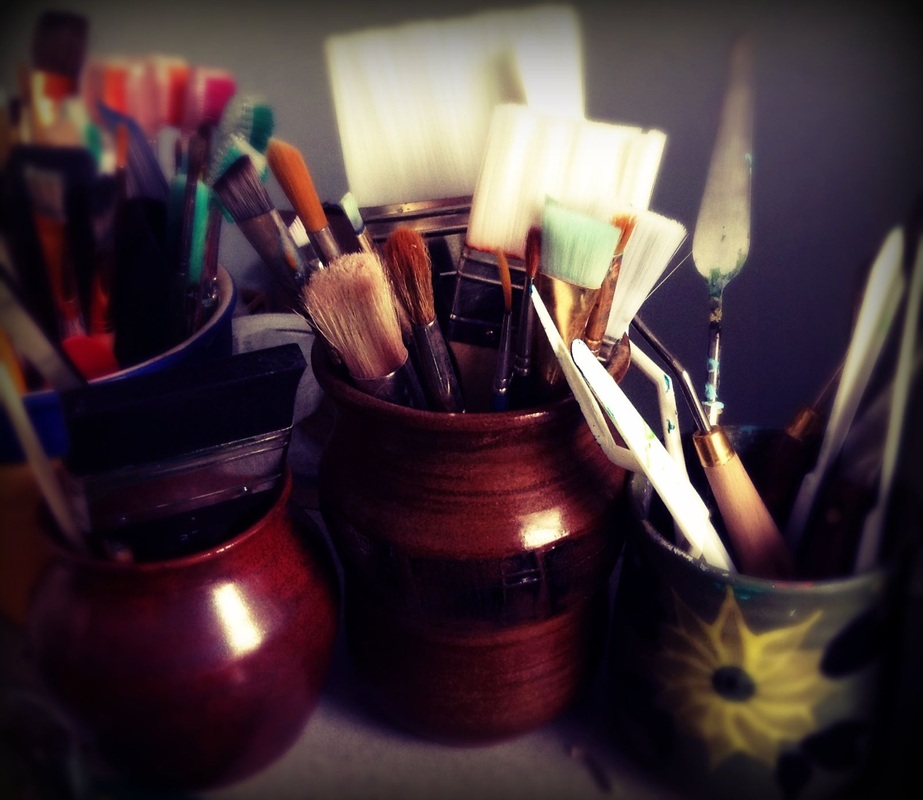
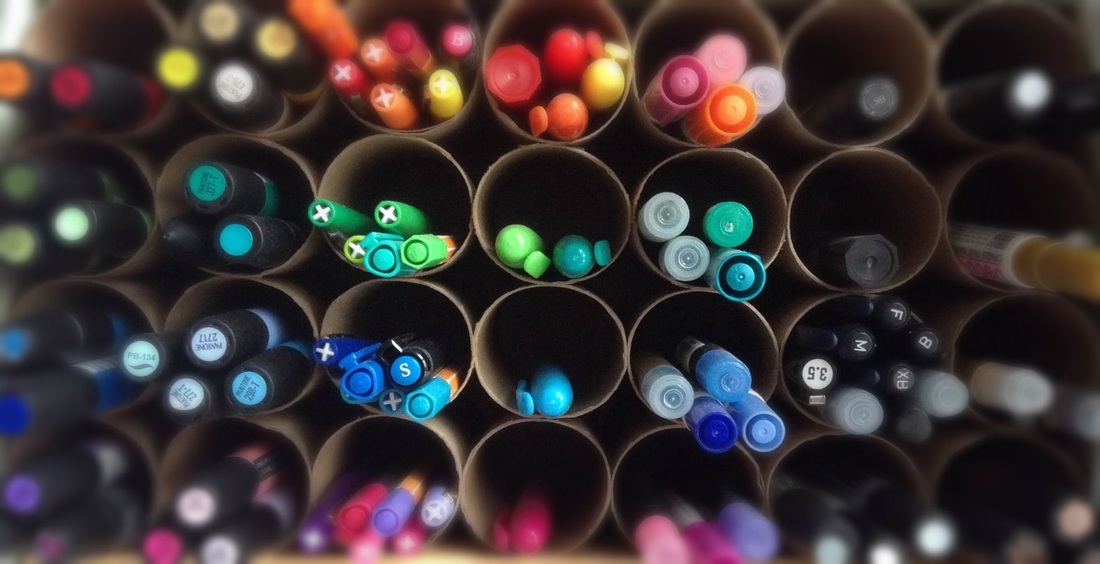
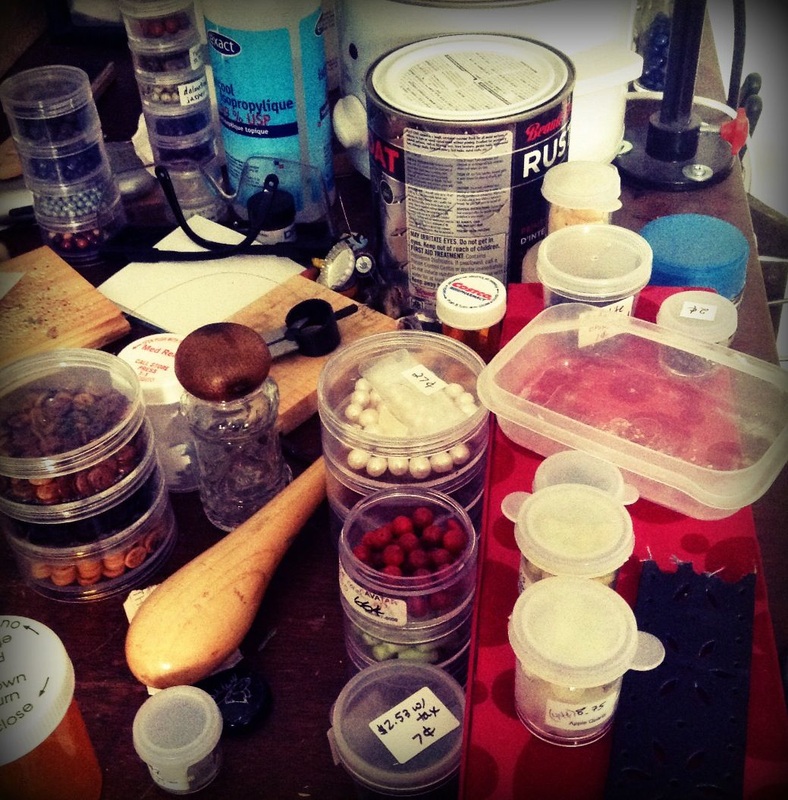
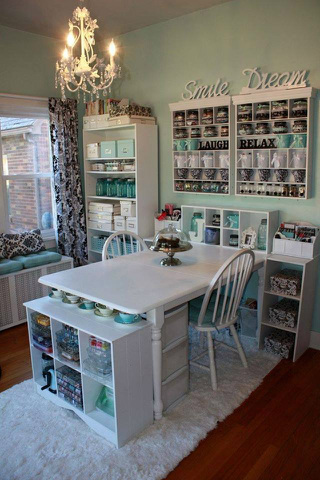
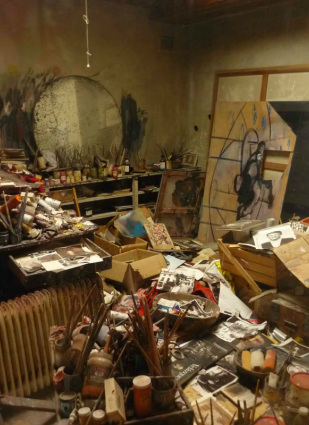
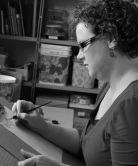
 RSS Feed
RSS Feed